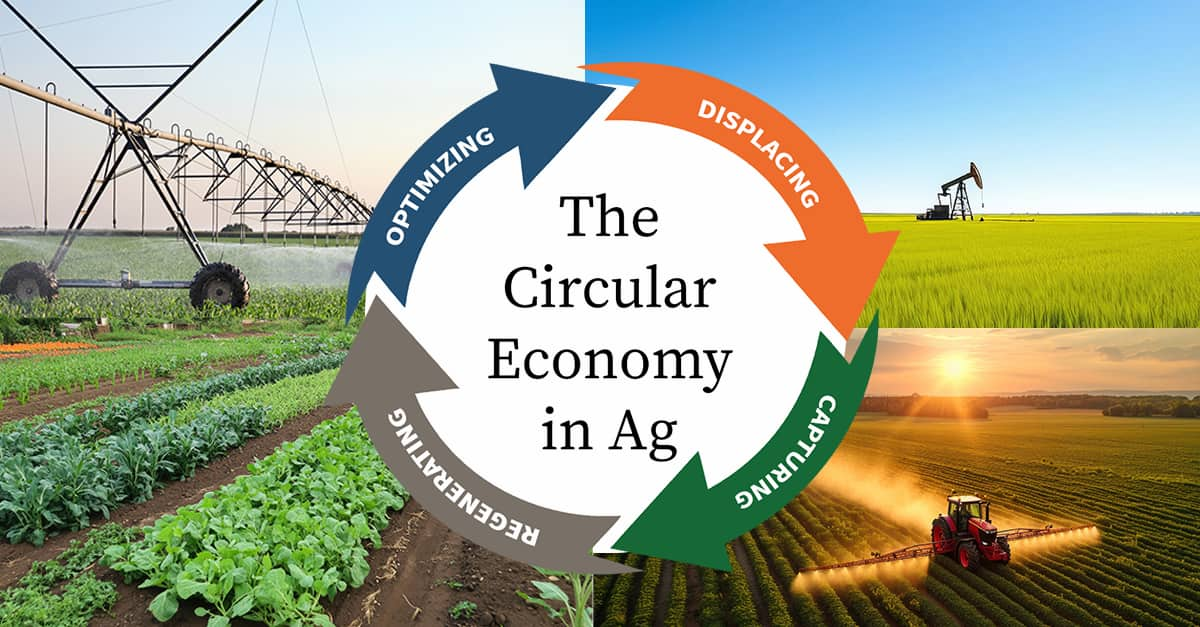In the 21st century, power lies in information. It is incredible that the vast access to information brings so many possibilities to individuals and organizations. However, the excess of information is a double-edged sword, and the benefits only come to those who take the time to think and plan strategically.
Start with Strategic Planning
Strategic planning is a systematic process of developing and implementing plans to achieve purposes or objectives. Strategic planning should also be applied to the long-term storage of data resulting from research. The main benefit of defining an administrative process for storing data is to leverage proven experience and work models, as well as to ensure continuity by establishing a structured approach.
When we consider starting a research project that involves the analysis of numerical data, we inevitably think about the tasks involved, such as how to collect data, when to begin the analysis, how to share the data, among others. Despite its apparent difficulty, there are now methodologies that can help manage research projects involving data handling.
Data Handling Methodologies
The Research Data Management (RDM) involves the active organization and data maintenance throughout the research development and focuses on the reliability and replicability of the final products. The benefits include greater transparency of results, optimization of time and available resources, data reuse in other projects, and the impact and visibility of the final project.
Today, computers are the default means for storing all research data. Having research data in digital format has a clear advantage over its physical predecessors: it can be navigable and searchable, hosted in ways that make it accessible from many locations, and merged or cross-referenced with other research data.
Digitizing Research Data Isn’t Enough
Simply digitizing all research data does not guarantee its survival, either in a literal sense or in the sense of remaining readable in future software versions. Rather, it ensures that a file can be used by people. The research data generated is at risk of being lost if it is not generated and preserved in a way that it can be understood and found meaningful years or decades later.
As William Stafford Noble said: “The basic guiding principle is simple: someone unfamiliar with your project should be able to look at your computer files and understand in detail what you did and why […].1 But more often than not, that ‘someone’ is you. A few months from now, you may not remember what you were doing when you created a particular set of files, or you may forget what conclusions you drew. You’ll then have to spend time reconstructing your previous experiments and insights from those experiments.”
It is crucial to document and structure research data to ensure they remain useful in the future. The purpose of documenting is to capture the data creation process, the changes made to the data, and the tacit knowledge associated with the data. Another requirement of documentation is to describe the meaningful links that exist between research data, and links that may become less evident over time.
Documenting Research
Documenting your research becomes easier by structuring the research data in a consistent and predictable manner and assigning responsibility for the research process in the initial planning. Combining written descriptions with data elements makes reading structured data consistent and predictable for both machines and humans. Transferring this to accumulated digital data makes research data more easily navigable, as well as searchable using the standard tools provided by operating systems.
It should be noted that the name of all documentation and research data should serve to identify the same file and its content. Proper identification of each file allows them to be organized chronologically and makes the data consistent and predictable, and aids in the readability and understanding of the data structure.
AgriThority® runs a quantitative review of the available multi-year experimental data to attempt to answer some of clients’ key questions. The team can analyze and summarize multi-crop available data and expand field trial data analysis to allow for a more focused understanding of the variability in product performance across environments.
Reach out to AgriThority® to help gain credible and robust data, as well as to analyze existing data to draw insights.
1William Stafford Noble (2009) A Quick Guide to Organizing Computational Biology Projects. PLoSComputBiol 5(7): e1000424. doi:10.1371/journal.pcbi.1000424


